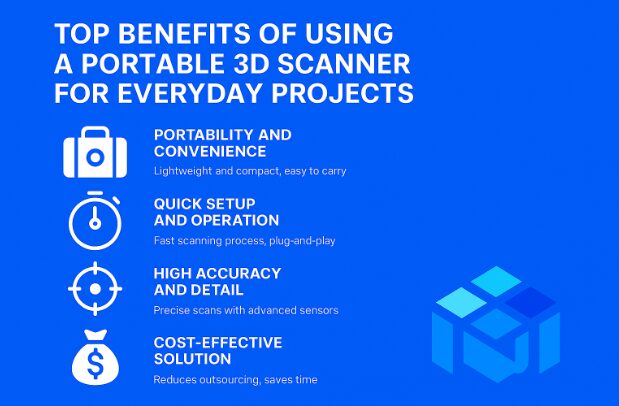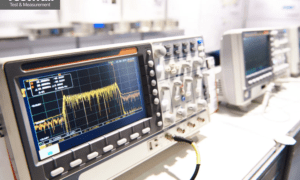3D scanning has come a long way from bulky lab equipment to lightweight, portable devices that can be used almost anywhere. Whether you’re a designer, hobbyist, engineer, or DIY enthusiast, a Portable 3D Scanner can significantly enhance how you capture, recreate, and modify objects in the real world. But what makes them so practical for everyday projects?
1. Portability and Convenience
Portable 3D scanners are designed with mobility in mind. Unlike stationary systems, these devices are:
- Lightweight and compact, making them easy to carry to workshops, construction sites, classrooms, or client locations.
- No dedicated scanning space required—scan right at your desk or in the field.
- Ideal for on-the-go professionals like freelance product designers, auto repair specialists, or restoration artists.
2. Quick Setup and Operation
Most portable 3D scanners are plug-and-play devices with user-friendly interfaces. They:
- Connect easily via USB or Wi-Fi
- Include intuitive software that requires minimal training
- Allow you to start scanning within minutes—no complex calibration needed
This makes them an excellent choice for beginners and casual users who want fast, hassle-free 3D scanning.
3. High Accuracy and Detail
Despite their small size, many portable scanners offer:
- High-resolution sensors that capture fine surface details
- Sub-millimeter accuracy, ideal for technical applications
- Support for texture and color scanning (depending on the model)
This level of detail is perfect for replicating mechanical parts, artistic sculptures, and even human anatomy for prosthetics or medical modeling.But what makes them so practical for everyday projects?
4. Versatility Across Applications
Portable 3D scanners can be used across various fields:
- DIY Projects: Scan existing tools or parts to modify or improve them
- Automotive Repairs: Digitize body panels or components for replacement or customization
- 3D Printing: Create or edit STL files for rapid prototyping
- Product Design: Capture real-world inspiration and develop new ideas
- Education: Help students learn by scanning physical models and analyzing structures
One device, endless possibilities.But what makes them so practical for everyday projects?
5. Cost-Effective Solution
Compared to outsourcing 3D scans or investing in industrial-grade equipment:
- Portable scanners are affordable, especially for freelancers or small businesses
- You save time and money by scanning in-house
- The return on investment is significant when used regularly
Many entry-level models offer great value for occasional or light professional use.
6. Improved Creativity and Customization
A portable scanner empowers you to:
- Scan and digitize anything you like, from antique vases to car emblems
- Customize existing objects, such as modifying a phone holder or ergonomic tool grip
- Personalize designs for 3D printing, cosplay, product development, and more
It’s a tool that helps bridge the gap between your imagination and the real world.But what makes them so practical for everyday projects?
7. Real-Life Use Cases
Here are a few ways people use portable 3D scanners in real-world projects:
- A car enthusiast scans a damaged bumper to 3D print a replacement.
- An artist digitizes their clay sculpture to edit and scale it before casting.
- A maker designs a custom-fit bracket by scanning the mounting location.
- A teacher uses the scanner to capture fossils for interactive science lessons.



































